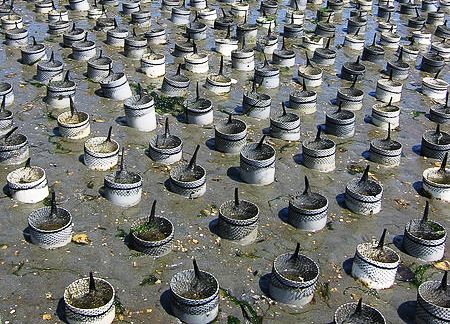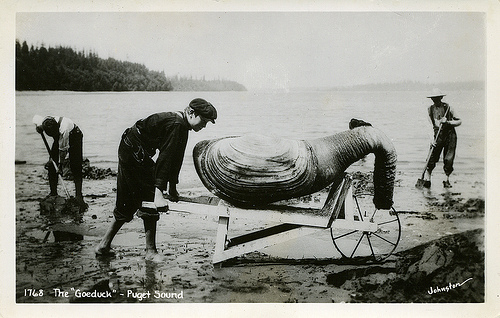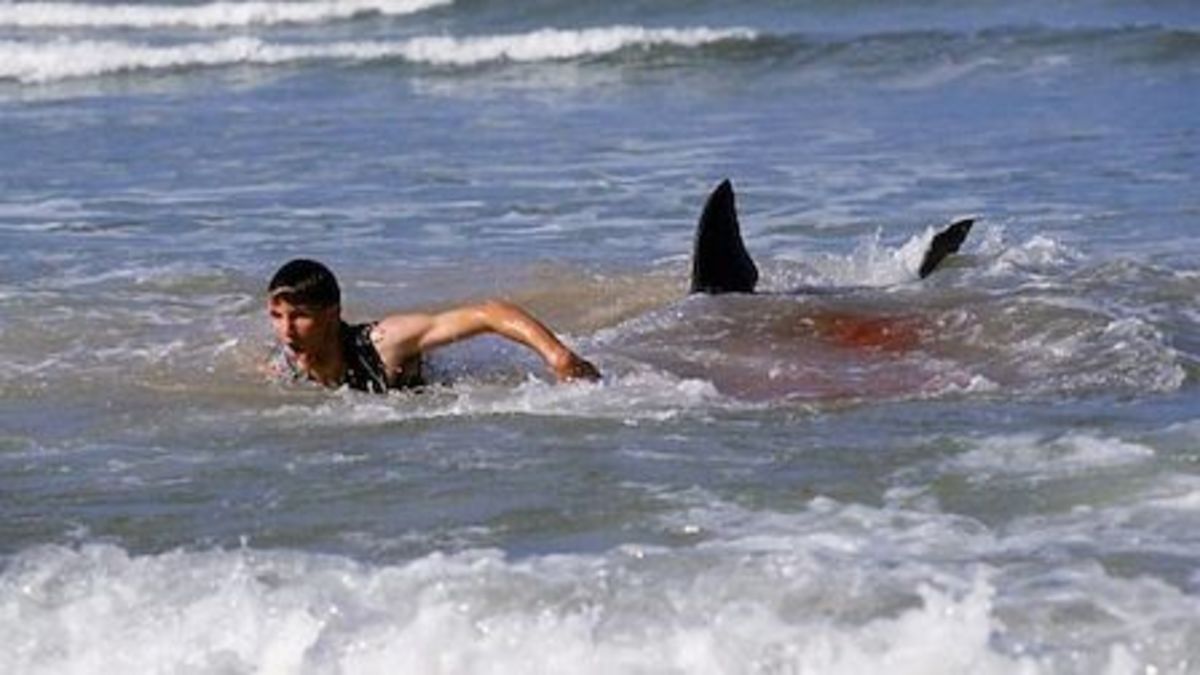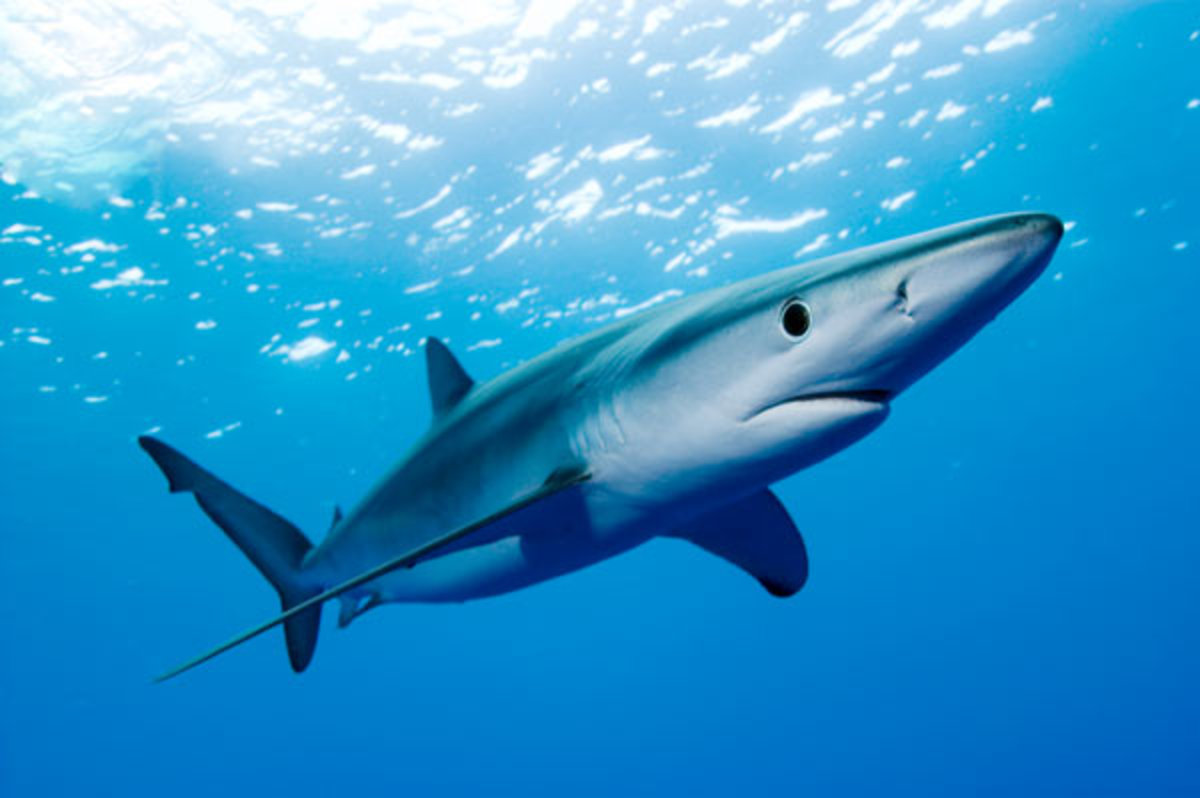- HubPages»
- Education and Science»
- Life Sciences»
- Marine Biology»
- Marine Life
What is a Geoduck?
What is it?
The Pacific geoduck clam (Panopea generosa) is a large edible saltwater clam. The shell can be up to eight inches long. Geoducks often live to be over 100 years old. A similar species (Panopea zelandica) is found in New Zealand.

Why is it called that?
Geoduck is a rough approximation of a word from a native American language Nisqually which means "dig deep". It is also pronounced (and sometimes spelled) 'gooey duck'. They are also referred to as the mud duck or king clam.
Natural History
Geoducks are found along the coat of the west coast of North America. It burrows in the sand of the intertidal area. They can reach their long siphon up to a meter to reach the surface.
They reproduce annually by releasing egg and sperm into the water. They go through a swimming larval stage before it develops a foot and lives on the substrate, becoming increasingly sedentary as it grows.

As Food
Geoducks are native to America but are more popular in Asian culinary traditions in countries such as Japan, China and Taiwan. (Geoduck sushi is referred to as mirugai.)
They are collected from the wild and since the 1970s and geoducks have also be farmed in Canada and America to supply this market.
Taste
Geoduck is very chewing and normally served raw and thinly sliced. Geoduck featured in an episode of Gordon Ramsey's "Hells Kitchen" where contestants were asked to dig out the clam and create sashimi. The raw flavor is described as mild and salty.
If cooked it needs to be tenderized first, and has a sweeter taste.

Aprodisiac
Because the protruding siphon is large, and resembles a male body part, the geoduck is considered to have aphrodisiac properties,
Mascot
The geoduck is the mascot of Evergreen State College.
Postcards
Vintage and modern postcards often show greatly exaggerate the size of geoduck for comic effect.

Science
Because geoducks are long-lived the rings in their shells can be used to determine what the climate was in past years.
Panopea Abrupta
In 2010 it was discovered that some specimens that had been thought to be geoducks were in fact from a different and new extinct giant clam species now called Panopea abrupta.



